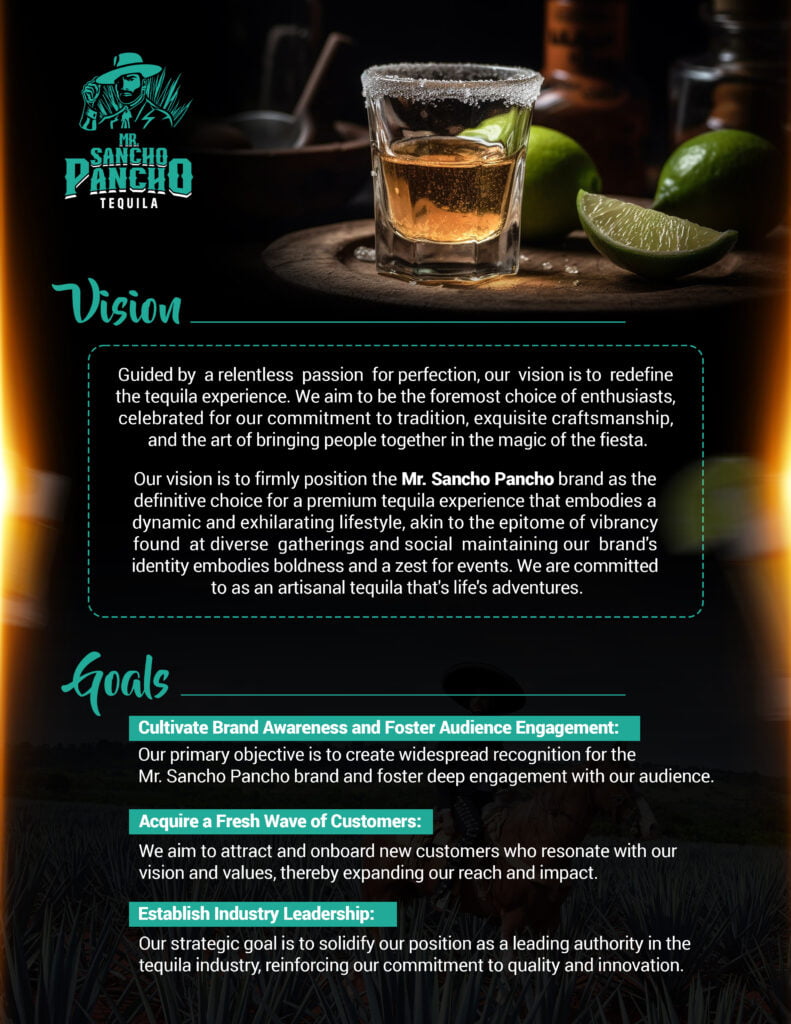Agave spirits have been celebrated for centuries, offering a unique taste experience rooted deeply in cultural traditions. From tequila to mezcal, the diverse range of flavors these spirits offer is truly captivating. In this blog, we’ll delve into what makes agave spirits so unique and explore the different varieties and flavors that tantalize the taste buds.
Understanding the Agave Plant
The journey of agave spirits begins with the agave plant itself. This resilient succulent thrives mostly in arid climates, especially in the diverse terrains of Mexico. With around 200 species offering distinct growth patterns, the two most notable for spirit production are the Blue Weber used in tequila, and various wild types harnessed for mezcal production. Each species brings its own set of flavors and aromas to the table, influenced by microclimates and soil conditions. Understanding this botanical backdrop deepens our appreciation of what goes into each bottle. The maturity process, often spanning 7 to 12 years, is essential for developing complex sugars, which are then transformed into rich flavors during fermentation and distillation.
Interestingly, agave is a distant cousin of the asparagus, a relationship reflected in the fibrous nature of the plant as mentioned in The Crafty Cask article about American agave spirits. This tough, long-lasting plant holds within it a world of potential, waiting to be artfully tapped by skillful distillers. Each agave piña, or heart, is rich with complex carbohydrates, specifically inulin, which converts into fermentable sugars during production. This transformation from plant to spirit is not merely about chemistry; it is a dance with nature, heritage, and innovation, echoing centuries of tradition.
The Distilling Process: From Plant to Spirit
Transforming agave into spirits is an intricate process that highlights the craftsmanship involved in creating tequila and mezcal. The journey begins with harvesting mature agave piñas, which are then cooked. This cooking process is where tequila and mezcal paths diverge significantly. For tequila, the piñas are typically baked or steamed in autoclaves or ovens, releasing sweet agave juices, whereas mezcal piñas are traditionally roasted in earthen pits, infusing the distillate with a distinctly smoky character. The resulting juices are fermented, a gentle transformation driven by yeast that brings out varied aromas and subtle complexities depending on the strain used.
Following fermentation, the liquid undergoes distillation, a crucial phase where the spirit’s personality is shaped. This stage involves heating the fermented liquid, typically in copper pot stills, separating alcohol from water and unwanted compounds through evaporation and condensation. The heart of this distillate is collected, bottled, and may undergo further aging, dictating whether the spirit becomes a crisp Blanco or a more nuanced Reposado or Añeo. Every step in this meticulous process has a significant impact on flavor profiles, highlighting the distiller’s artistry and knowledge passed down through generations. It’s an alchemical fusion of heritage and precise technique, resulting in the vibrant agave spirits we savor today.
A Closer Look at Tequila and Mezcal
Tequila and mezcal, often mentioned in the same breath, are distinct in the world of agave spirits, each carrying its own history and sensory experiences. Tequila must originate from specific regions in Mexico, predominantly Jalisco, and made primarily from Blue Weber agave. This geographical distinction is crucial, akin to the distinctions that differentiate champagne from sparkling wine. Tequila often embraces a smooth, crisp flavor profile with a hint of sweetness, highlighted in Blanco tequila, the purest form of agave expression. On the other hand, aged versions like Reposado and Añeo introduce layers of complexity with vanilla and caramel hints, resulting from aging in oak barrels.
Mezcal broadens the spectrum significantly with its diverse agave use, sometimes employing dozens of species to impart unique characteristics. The hallmark of mezcal is its smoky flavor profile, a product of roasting agave piñas in earthen pits, a definitive aspect that sets it apart from tequila. Regions like Oaxaca dominate mezcal production, where traditional practices and innovation intersect. Every bottle of mezcal carries stories of its origin, providing a rich tapestry of flavors that range from floral and herbal to earthy and spice-laden. Understanding these differences enriches the appreciation of each sip, allowing for a deeper connection to the heritage and artistry behind these beloved spirits.
Tasting Notes: Exploring Flavors Deeply
Embarking on a tasting journey through agave spirits unveils a world of flavors waiting to be explored. Each sip can be a sensory explosion, with notes ranging from zesty citrus and sweet honey to rich caramel and fiery spice, offering a complex but harmonious blend. When sipping tequila, the palate often encounters a warmth followed by hints of pepper, earthiness, and subtle sweetness. On the contrary, mezcal might surprise you with a robust smokiness, underscored by touches of cacao or deep mineral elements, inviting a slower and more contemplative tasting approach.
Developing a keen sense of smell and palate can significantly enhance the agave spirit tasting experience. Begin by swirling the glass gently to release the aromas, bringing the nose close to identify layered scents. Tasting involves letting the spirit rest on the tongue, noting how the initial flavors evolve into complex aftertastes. The unique terroir of agave spirits, influenced by soil, climate, and craft, makes every bottle a tale of its origin. Taking time to appreciate these nuances can transform a simple sip into an enriching journey through the lush agave landscapes of Mexico.
Pairing Agave Spirits with Food
Agave spirits are well-suited for culinary exploration, able to enhance and complement various flavors in food. Their versatility opens up creative pairings, from spicy Mexican dishes to sweet, indulgent desserts. For instance, a crisp Blanco tequila pairs beautifully with fresh, citrus-infused seafood, accentuating its zest while balancing the dish’s richness. Conversely, a smoky mezcal can elevate grilled meats, its robust flavors enhancing hearty dishes and bringing out the earthiness of charred edges.
When it comes to dessert, pairing Añejo tequila with dark chocolate can be a revelation. The spirit’s deep honeyed notes with slight cacao hints echo the chocolate’s natural bitterness, creating an elegant symphony of flavors. Exploring these pairings is not just about taste—it’s about finding harmony between contrasting textures and flavors, creating a memorable dining experience. Whether served neat, in cocktails, or accompanied by a favorite dish, agave spirits promise to transform an ordinary meal into an extraordinary occasion.
A Toast to Agave: Celebrating the Spirit of Tradition and Flavor
Agave spirits are more than just beverages; they are a celebration of culture, tradition, and innovation. With their rich and varied flavors, these spirits offer experiences that go beyond the glass. Whether you’re a seasoned connoisseur or a curious newcomer, understanding the world of agave spirits promises an exhilarating exploration into history, taste, and craft.















